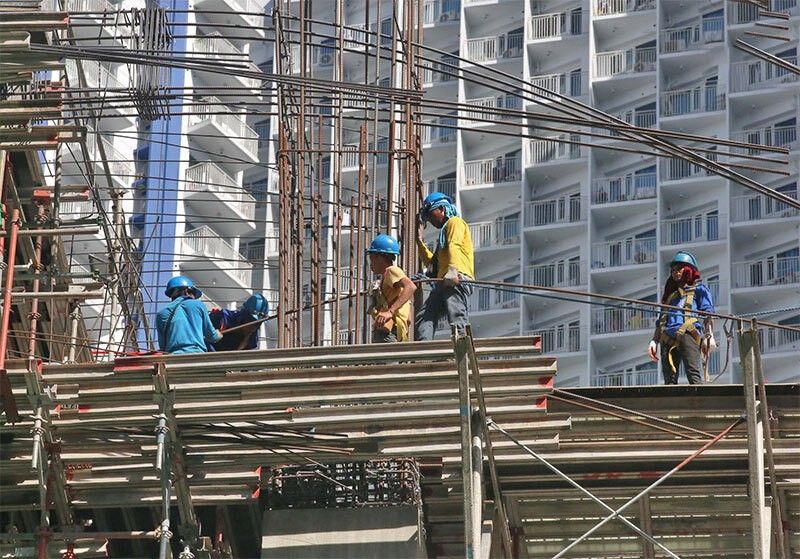Philippines to achieve upper middle-income status by 2031

MANILA, Philippines — The Philippines is projected to be an upper middle-income economy by 2031, past the government’s target of reaching the status by 2025, amid a broader growth slowdown in the Association of Southeast Asian Nations (ASEAN) economy, ANZ Research said.
In a report written by ANZ economists Sanjay Mathur, Krystal Tan and Debalika Sarkar, the research firm said the Philippines would cross the World Bank’s threshold for upper-middle-income economies by 2031.
“This is not an unfavorable outcome, but the broader question is whether faster growth and higher per capita incomes can be attained,” ANZ Research said.
Last year, the World Bank said the Philippines may reach upper middle-income status by 2025 or 2026, which is in line with the Marcos administration’s target.
An upper middle-income country means having a gross national income (GNI) per capita income range of $4,466 to $13,845.
The World Bank currently classifies the Philippines as a lower middle-income country with a GNI per capita of $3,950.
The Philippines has been classified as a lower middle-income country since 1987, based on the earliest available data from the World Bank.
Meanwhile, ANZ said Malaysia, Thailand and Indonesia have per capita incomes of $11,700, $7,200 and $4,900, respectively. These economies all lie in the upper-middle-income category.
However, growth among ASEAN-4 economies may slow down over the next decade due to weakening demographics, it said.
The gross domestic product (GDP) growth in ASEAN-4 will likely average 4.1 percent between 2024 and 2035, slower than the five-percent average in 2015 to 2023, not including the pandemic years of 2020 and 2021.
“Going forward, the region will experience slower growth in its working age population and potentially capital accumulation,” ANZ said, even though the Philippines is “at a more advantageous demographic phase, with a significant portion of their populations within the working age bracket.”
ANZ said there is room to increase the labor force participation rate (LFPR) in the Philippines to mitigate the slowing population growth.
It said the Philippines, Indonesia and Malaysia have an LFPR that is lower than that of high-income countries.
Based on data from the Philippine Statistics Authority, the country’s labor force stood at 52.13 million in December 2023, 658,000 more than in November and 907,000 higher than in December 2022.
The LFPR reached 66.6 percent in December 2023, an improvement from 65.9 percent in November and 66.4 percent in December 2022, bringing the average workforce size to 50.38 million last year, which translated to a record-high LFPR of 64.9 percent.
“Nonetheless, we should also be cognizant that a higher LFPR is not a natural progression but rather requires significant policy intervention to help absorb labor into productive activities,” ANZ Research said.
Governments should also mitigate the likely growth slowdown by enhancing digital skills, improving digital infrastructure, and creating an enabling environment that fosters digitalization in sectors such as public services, education and businesses.
The payoff from successful intervention could be significant, as overall GDP may be lifted by 0.5 percent to 0.7 percent from the baseline forecast.
“We believe that even partially successful policy intervention can be rewarding in that it can create a virtuous cycle of a profitable reallocation of labor from low productivity employment, and hence faster income and overall GDP growth,” ANZ said.
However, improving the digital skills of the country’s workforce would be challenging, as education in ASEAN-4 economies is not on par with global standards.
- Latest
- Trending






























